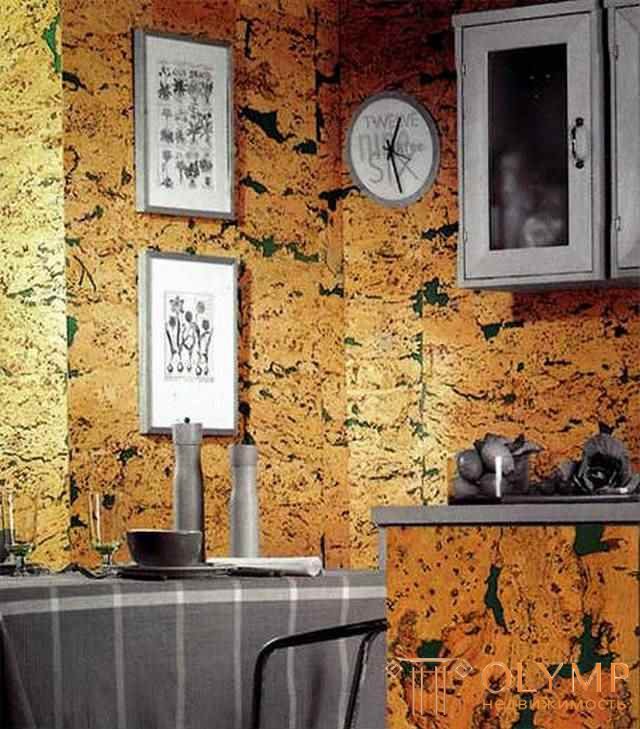
Content:
Today, the wallpaper industry offers us such a large selection of wallpapers that sort out all this diversity is a real problem.
Next, we will talk about the main advantages and disadvantages of wallpaper, types of which can be found on sale.
See also:
How to install interior door
How to choose a laminate
How to choose paint for walls and ceiling
How to lay laminate
How to paint walls
How to glue wallpaper
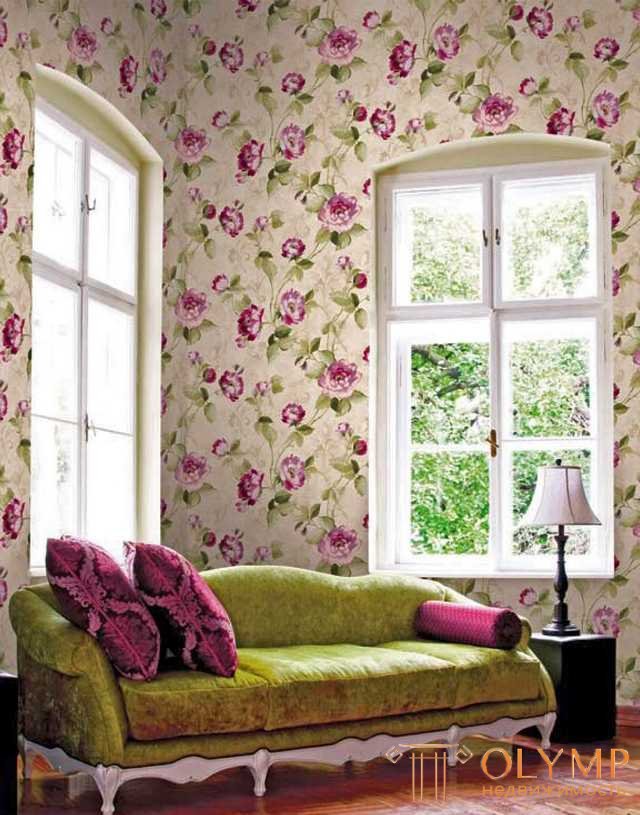
Paper wallpapers are based on paper texture.
The advantages of paper wallpaper:
Disadvantages of paper wallpaper:
Paper wallpapers are divided into simplex, duplex and used for painting.
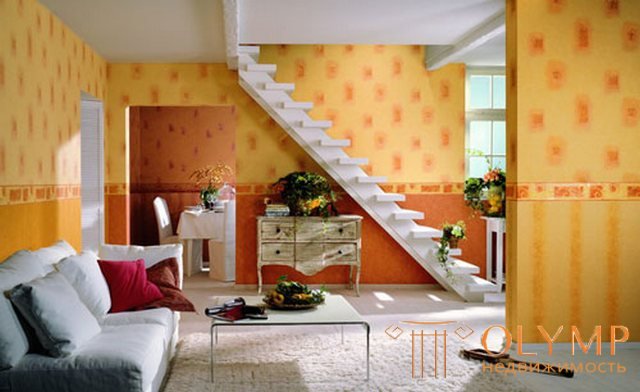
Wallpaper simplex - paper thin wallpaper, having only one layer.
Disadvantages of simplex wallpaper:
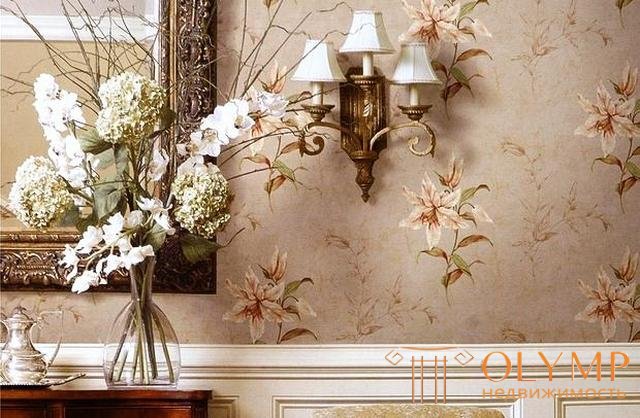
Duplex wallpapers are paper wallpapers consisting of two layers.
The advantage of duplex wallpaper:
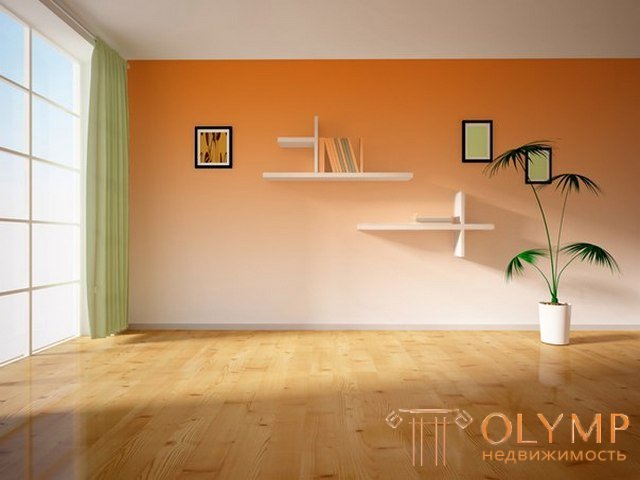
Wall -paper used for painting is a two-layer paper wallpaper of increased thickness and density.
Perhaps the widest segment of this finishing material, which you can easily find, not only in large but also small building shops. These wallpapers are very popular, because they do not need to spend a lot of effort to give the walls a beautiful view. With this coating, you can even hide some surface defects, such as small cracks, scratches or even shallow gouges. But you should not count on more, because paper wallpapers for painting will not adhere well to an uneven, speckled surface.
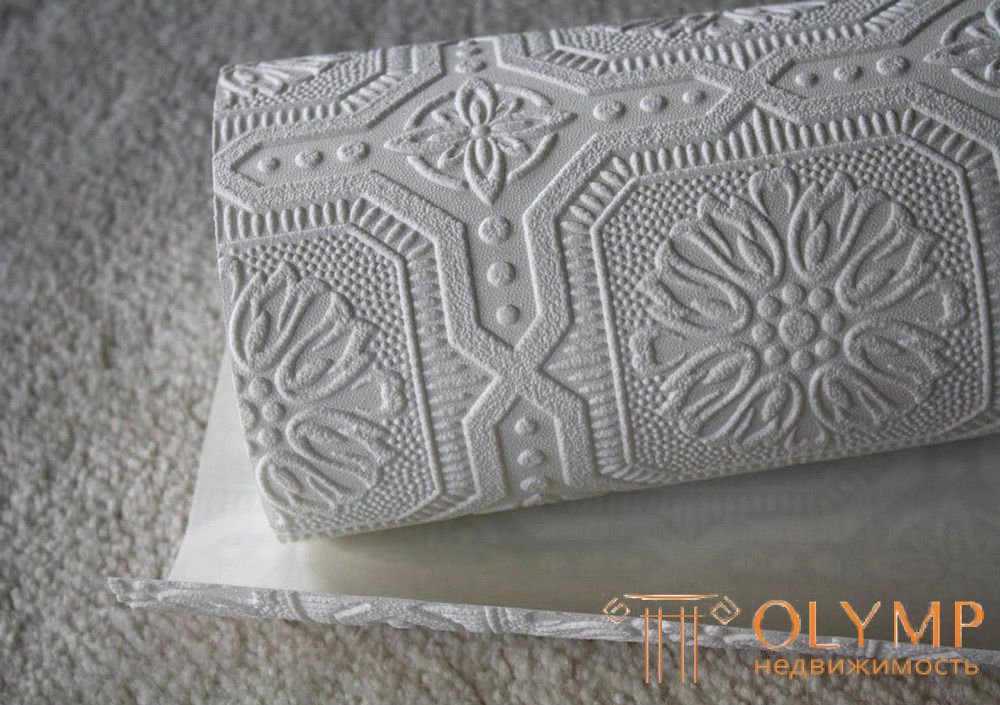
This coating is well suited not only in the living room or children's room, but also perfectly fit into the interior of the kitchen. Someone may object to such a decision, because the temperature in this room is quite humid and constantly fluctuates. Thanks to the water-repellent layer, these wallpapers will not react to moisture, but, on the contrary, will create a cozy and pleasant atmosphere in your home. Thanks to a dense basis and a special surface coating, this wallpaper can be repainted several times in different shades. This will be quite enough to refresh the interior of the kitchen when it is a little different to you. Thanks to this finishing material you can make cosmetic repairs in your home without global costs and rework. In addition, you can choose wallpaper for painting with a spectacular texture and noticeable relief. Such a coating will not be able to go unnoticed, imitating decorative plaster exactly. But at the same time you do not have to spend a lot of money and effort on this material. Paper painting wallpaper can be not only the walls, but also the ceiling. This is a fairly inexpensive and fast way to design it. Of course, you are unlikely to succeed in self-styling the ceiling, but with the help of a friend, things will go much faster! And after a few hours you will be able to enjoy the view of the textured relief ceiling.
The advantage of wallpaper used for painting:
The disadvantage of wallpaper used for painting is that they are easily subject to mechanical damage.
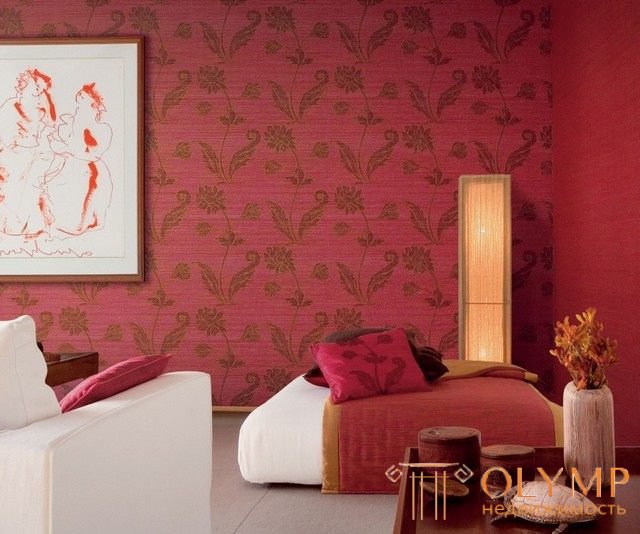
The structure of vinyl wallpaper consists of two layers: the top layer is directly vinyl, and the bottom one is non-woven base (non-woven) or paper.
Advantages of vinyl wallpapers:
Disadvantages of vinyl wallpaper:
Vinyl wallpapers are divided into types: flat, foamed and dense.
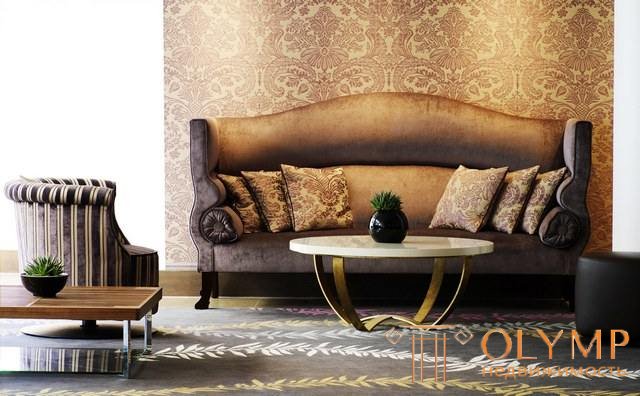
Flat vinyl wallpaper is completely made of vinyl.
Advantages of flat vinyl wallpapers:

Foamed vinyl wallpaper consists of PVC (Polyvinyl chloride) on the top layer, so the wallpaper gets its "foam" look.
Advantages of foamed vinyl wallpaper:
The disadvantage of foamed vinyl wallpaper is that it is easy enough to scratch them, after which these wallpapers lose their aesthetic appearance.
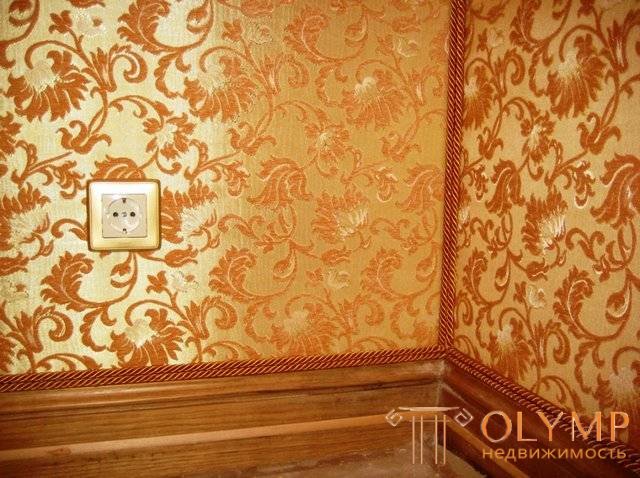
The base layer of textile wallpaper consists of non-woven or paper. In addition to these materials, jute, polyester, cotton or linen are added to this kind of wallpaper.
The advantages of textile wallpaper:
The disadvantages of textile wallpaper:
Textile wallpapers are: jute, silk, linen, velor and felt.

Jute wallpapers are wallpapers made using Indian specific jute plants.
Advantages of jute textile wallpaper:
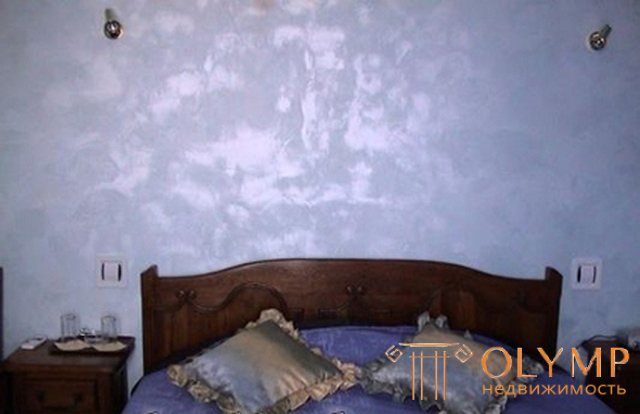
Silk wallpapers are wallpapers with some silk content. These wallpapers are usually made only on order.
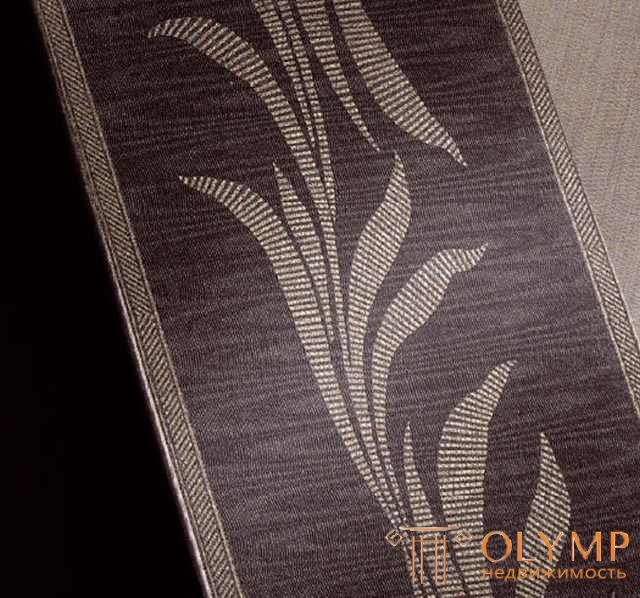
Linen wallpaper is covered with threads of flax or composite materials.
Advantages of linen textile wallpapers:
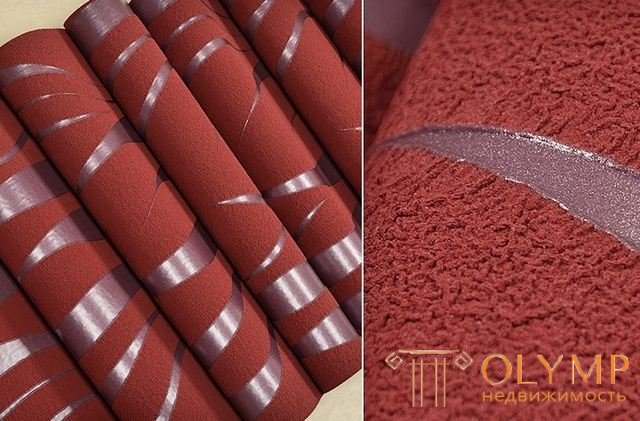
The velor wallpaper paper base with the addition of nylon pile.
Advantages of velor wallpapers:
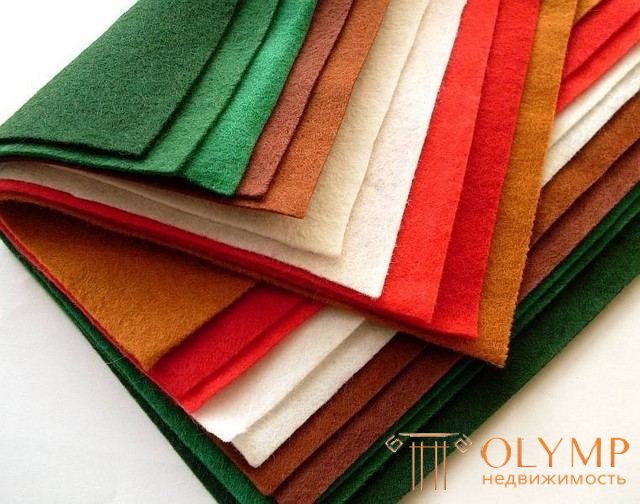
Felt wallpaper is made of felt fabric or its equivalent (polypropylene, acrylic, polyester, microfiber).
Advantages of felt wallpapers:
The lack of felt wallpapers is that they are difficult to glue onto walls with inconspicuous joints, therefore, as a rule, they are custom-made, so that the size of the wallpaper is the same as the size of the wall to be glued.
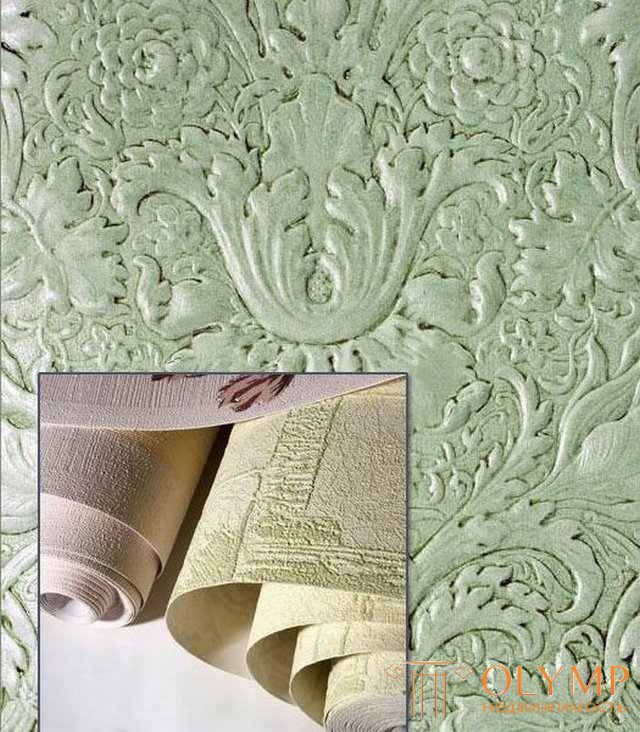
Non-woven wallpapers have a very dense structure, which is made from polymeric binding materials, textile fibers and long-fiber pulp.
Advantages of non-woven wallpaper:
Disadvantages of non-woven wallpaper:
Another more than popular material for the decoration of the walls. This wallpaper for painting is different from paper wallpaper for painting with its texture and method of manufacture. They are produced by pressing several webs together. Foam can be applied on top, which will act as texture and volume on the surface. Thanks to this production method, this wall material is very durable. For this feature of its non-woven wallpaper selects a lot of consumers.
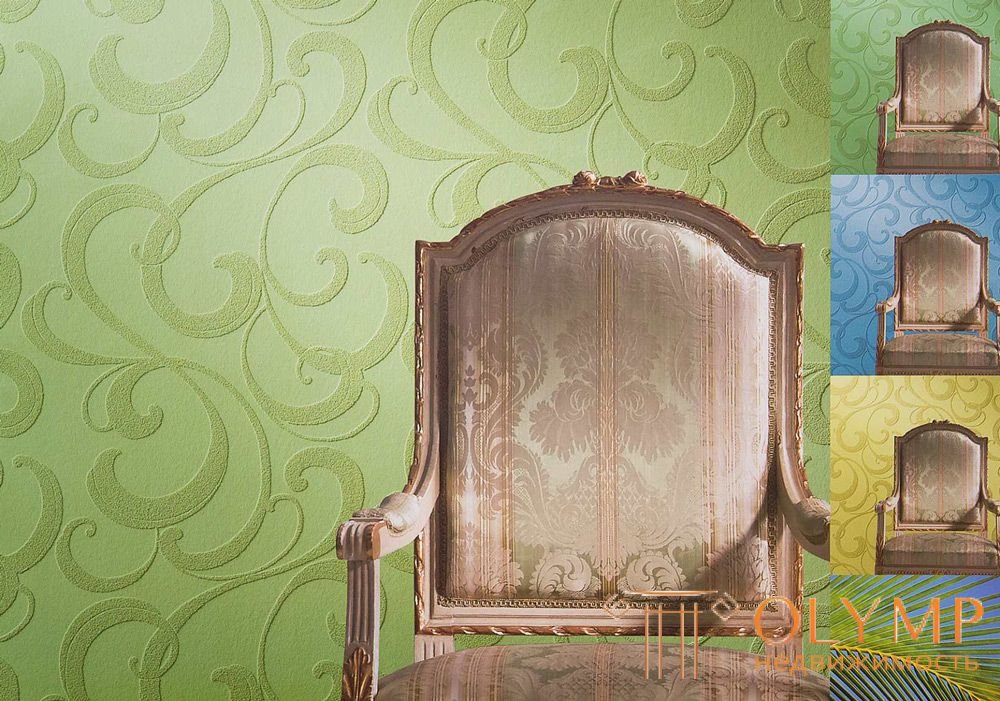
What do you think, why experts recommend using these wallpapers to decorate rooms in new buildings? That's right, in order not to succumb to minor shifts of the walls during the "shrinkage" of the new building. Other material could not stand it, would go cracked or torn. Non-woven wallpaper is better to use on the walls, which are covered with minor defects, nothing will happen to them from this!
If you are still planning to repair, imagine how difficult the next time you have to otkovyrivat wallpaper from the walls, then with non-woven can not be afraid of this. It is enough to pry them with a spatula on the one hand, as they evenly move away from the wall.
But the pros and cons of non-woven wallpaper does not end there. You can also repaint them a number of times. And it is not at all necessary to use the same or similar shades all the time. You can choose a new color each time to repaint your wallpaper. You can achieve different effects by painting different sides of the wallpaper. So, there is one unusual way of dyeing non-woven wallpaper. For this, the paint is applied not on the external surface, but on the internal one, which will be glued to the wall. Often, the fabric of non-woven wallpaper is heterogeneous, in some places more dense, in some, on the contrary, very thin, enlightened. If you apply paint from the inside, then the wallpaper will become the color you want, but with smooth hue transitions from more saturated to pastel, almost white.
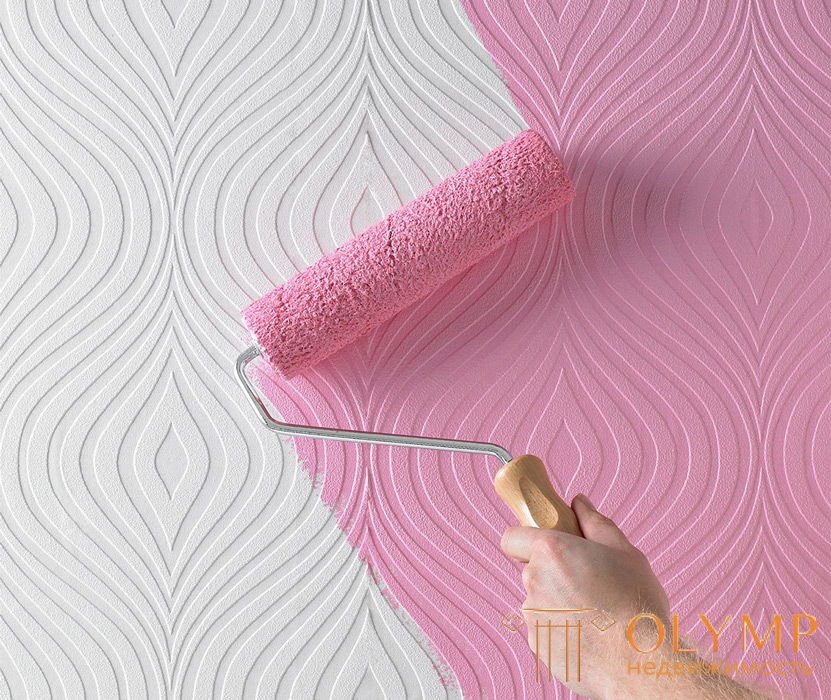
Another interesting design option for such a coating will be done with a sponge and paint. You can leave the surface white, you can pre-paint the entire surface in a certain tone. Then, a sponge paint or mother-of-pearl should be carefully applied to the sponge and gradually, with strokes without pressure, paint the relief parts of the surface. So you can select a pattern.
Despite all the advantages, non-woven wallpapers also have disadvantages. Let's talk about them further. Foamed material applied on top of the wallpaper is easily damaged. Therefore, do not use them in the nursery or hallway. In this case, it is better to protect the lower part of the wall with wooden or plastic panels. This will prevent chipping and scratching.
It should also be said that over time, your chosen shade for painting will fade under the influence of sunlight. The difference can be significant. Therefore, always consider in advance the level of illumination of the room with sunlight when choosing a shade of wall covering.
It should be noted that classic non-woven wallpapers are used for painting .
However, there are still wallpapers on non-woven base, where the base is used as non-woven fiber, and the top layer is decorated vinyl. The advantage of this canvas is that when you stick a new wallpaper, the upper base is simply removed, and you can glue the new wallpaper onto the lower one.
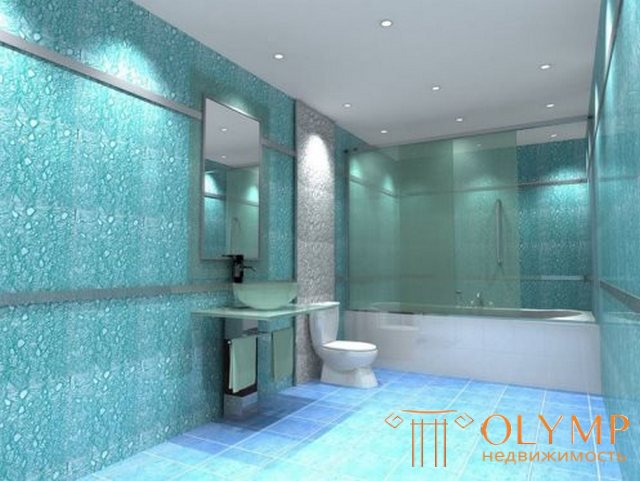
Glass fiber is made from materials that do not contain toxins, namely dolomite, lime, soda and sand.
See also: How to paint walls
The advantage of glass fiber:
The disadvantages of glass fiber:

The basis of cork wallpaper is a paper sheet on which a thin layer of natural cork is applied.
The advantage of cork wallpaper:
Disadvantages of cork wallpaper:
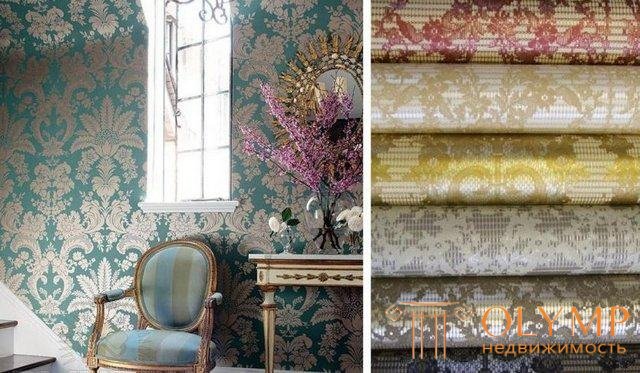
Wall-paper represents a paper basis on which the metal layer is applied. This layer consists of painted aluminum or oxidized foil. Also on this foil put a drawing or stamping.
The advantage of metallic wallpaper:
Disadvantages of metallized wallpapers:
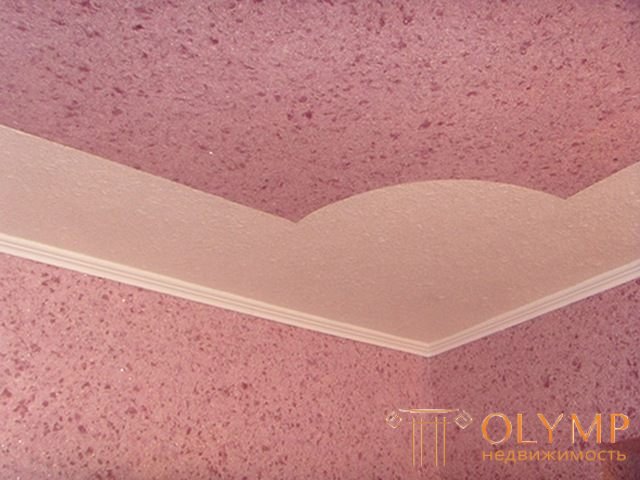
The basis of the liquid wallpaper is cellulose with additives that give different colors. At the expense of cellulose from such wallpaper it is possible to blind even figures and any forms for any interior.
The advantages of liquid wallpaper:
Disadvantages of liquid wallpaper:
The structure of the wallpaper is destroyed by high humidity or water.
Что бы оставить комментарий войдите
Комментарии (0)